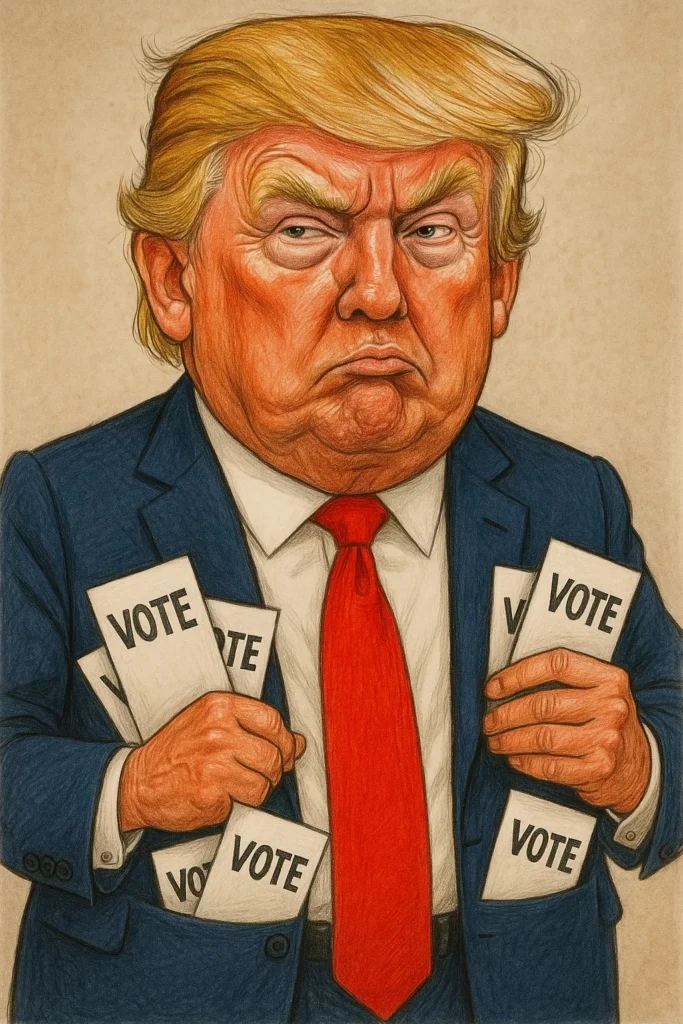On Monday, President Donald Trump said he wants to make big changes to how elections are run in the U.S. But under the Constitution, the president has very little control over elections, and most of what he wants cannot be done without Congress or the states.
In his post on social media, Trump repeated false claims he has made for years about the 2020 election. He said he would get rid of both mail-in voting and voting machines. This is notable because those same systems helped him win the 2024 election and helped Republicans take control of Congress. About one-third of Americans currently vote by mail, and nearly every community uses voting machines.
Earlier this year, Trump signed an order that would have required proof of citizenship before registering to vote. In his new post, he said another order is coming to “bring honesty” to the 2026 midterm elections. He also claimed, without evidence, that mail voting leads to “massive fraud.” Studies show that election fraud in the U.S. is extremely rare — for example, after the 2020 election, fewer than 500 suspicious cases were found across six key states, far too few to change the result.
Trump also argued that the president has the power to control how states count votes, but legal experts say that is wrong. The Constitution gives states — and sometimes Congress — authority over elections, not the president. Courts have already blocked parts of Trump’s earlier election orders for this reason.
Despite Trump’s statements, most voting in the U.S. already happens on paper ballots, which experts say makes the process more secure. Mail voting is also widely used in both Democratic and Republican states, including places Trump won like Florida, Arizona, and Utah. The military also relies on mail ballots. Eliminating them would make it harder for many voters, including service members, to participate.
Although Republicans control Congress right now, it’s unclear if even they would support banning voting machines nationwide. Such a move would delay results by weeks and likely face strong opposition from Democrats in the Senate.
Overall, Trump’s latest post shows his continued push to change how elections work, even though his power to do so is very limited. Many experts warn that his claims, which are not backed by evidence, could create more confusion and distrust about voting in the future.
